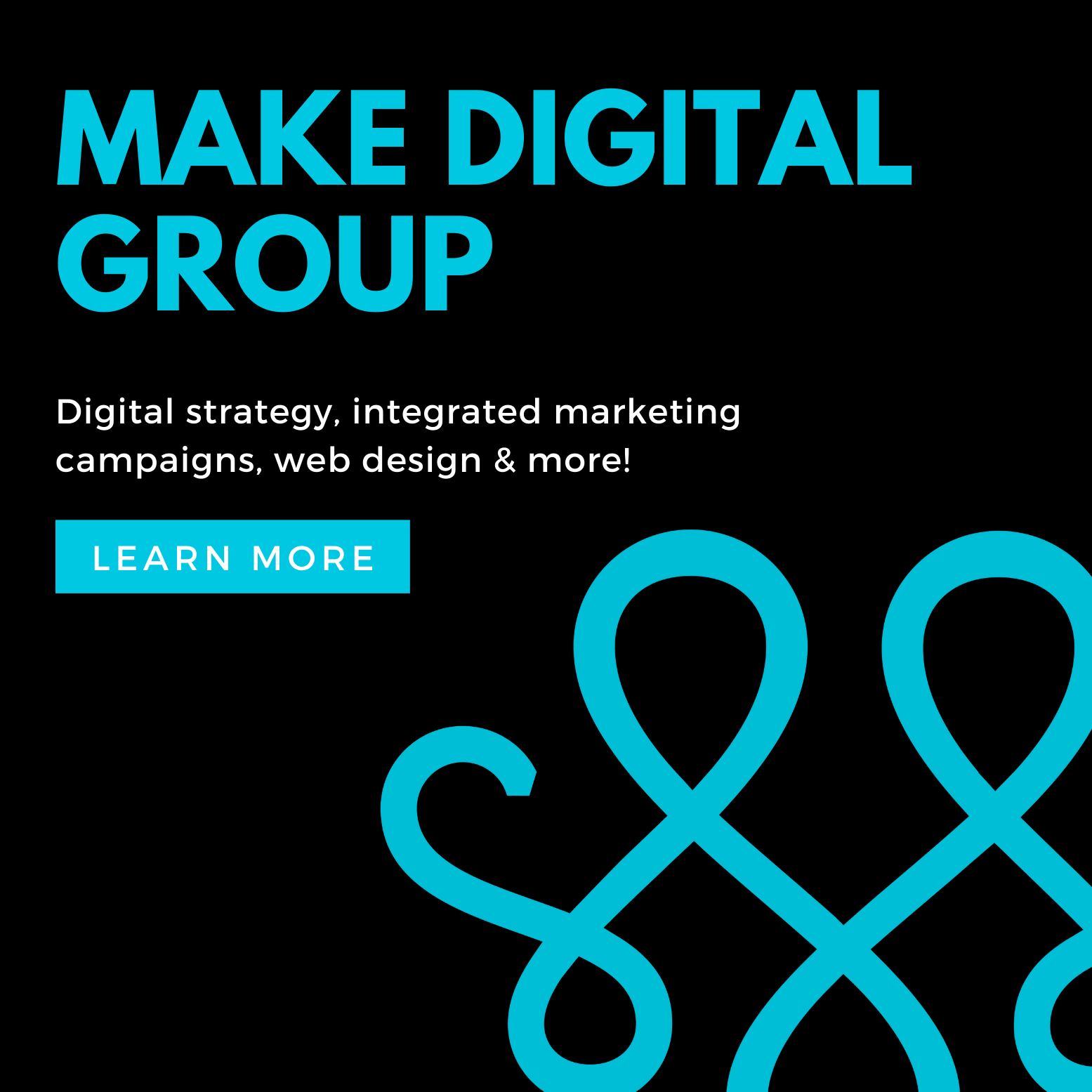Three ways small companies can win big customers.
In the adventure film “Raiders of the Lost Ark,” archaeologist Indiana Jones is pursued through a Cairo street market, trying to keep an ancient treasure out of enemy hands. As he pushes his way through a crowd, his escape is blocked by a giant warrior. The warrior brandishes a razor-sharp scimitar, ready to slice Indy to ribbons. Indy sighs patiently, aims his pistol and shoots the swordsman.
For small business owners, competing against large companies for large customers can seem like an impossible showdown—which it is, if you play a big-company game. Like Indiana Jones against the swordsman, you need to use small-company advantages that large customers want and that your large competitors can’t easily provide.
Small companies can leverage three advantages that larger competitors may not be able to demonstrate as easily: alternate paths, agility and attention. Here are three ways to use these competitive advantages, from cultivating a prospect through closing the deal.
Find Alternate Paths // The obvious corporate sales channels, such as procurement, aren’t the only inroads into a company. Working these channels exclusively guarantees that you’ll be getting in line with all your competitors.
Approaching the leader of a business unit that needs your products or services can help you to develop a contact, who can then influence provider decisions. John, the owner of a leadership development company, targeted a global beverage producer. John knew that if he
approached the human resources department, he would face dozens of competitors.
Instead, John did his research and noticed that the company’s annual report included an aggressive plan to develop new products. John approached the company’s product development leader, who became an ally and eventually hired John’s company.
Demonstrate Agility // Larger competitors don’t always have the ability to make changes quickly or adapt to specific requests. When questions or special requirements surface during the sales process, don’t look at them as a “jumping through hoops” exercise. Consider them opportunities to showcase how easy it is to work with your company.
In a bid to provide fitness classes and products to a large company, Sarah’s competitor took days to respond to a pricing request for additional classes. Sarah made the decision in less than an hour, and personally called the prospect. Her sales rep also provided the prospect with two schedule options that included the additional classes. Sarah didn’t compete on size or price; she delivered on her company’s adaptability and responsiveness.
Commit to Personal Attention // Small business leaders have a distinct advantage—they can bring a level of personal engagement to a big customer.
Jim leads a small software company that was one of two finalists to provide technology services to a large regional bank. Jim led his company’s participation in the selection process, to signal the level of attention the bank would receive as a customer of his company. Jim also positioned his company’s support capabilities as in-house, tailored customer service, as opposed to the competition’s outsourced help desk in Asia. His commitment to personal, personalized attention won the account.
A big customer generates revenue, increases your company’s credibility and helps to attract more customers. The key to landing big customers is to follow Indiana Jones’ example: use your competitive advantages.

